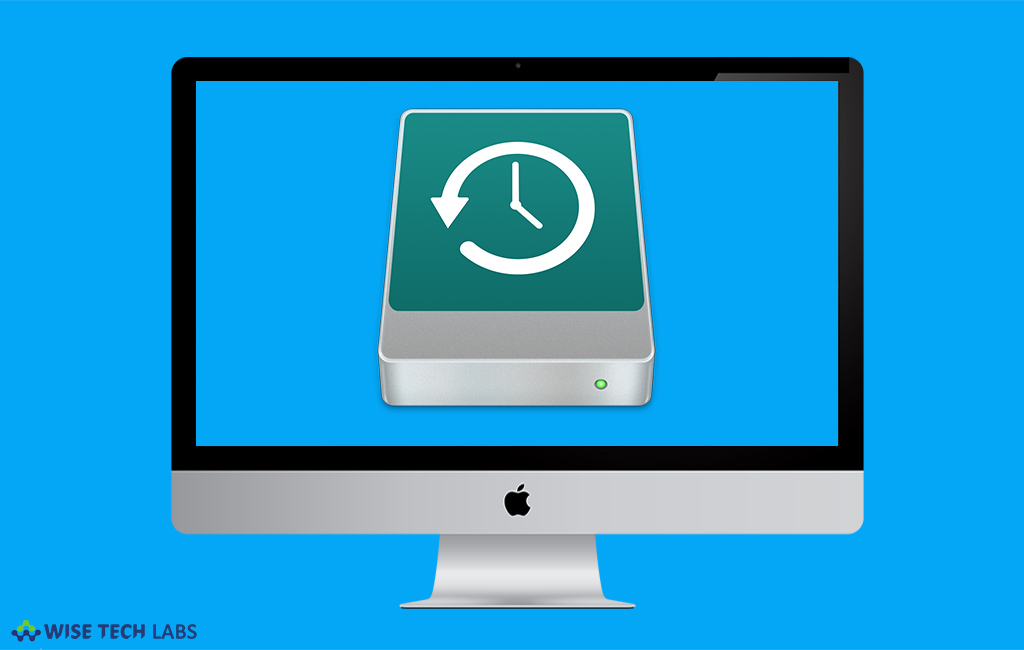How to use Time Machine to back up and restore your Mac

How to use Time Machine to back up and restore your Mac ?
Use of Mac is growing day by day. People store their important files and data on their system. But loosing data or files can be very expensive from a Mac with no backup to restore it. Fortunately, it is almost common for all devices to offer solutions to avoid this problem. Similarly, Mac computers provide ways to back up your data efficiently without using any high tech skills. Time Machine is the best way to back up and restore your Mac. If you want to keep your Mac safe and secured from data losses let’s learn how to back up and restore data using Time Machine.
1. Set up Time Machine
Time Machine is the default feature of Mac to back up and restore data. You may easily create backup of files, folders, applications or an entire Mac and restore it as per your requirement. To use Time Machine, you need an external storage source such as USB or FireWire disk, Time Capsule and some network drives.
- First of all, connect an external hard drive directly to your Mac, while doing this it may ask “Do you want to use the drive to back up with Time Machine?”
- Select Encrypt Backup Disk and then click Use as Backup Disk.

If you are not getting the option to choose a backup disk while connecting the hard drive to your Mac:
- Launch Time Machine preferences from the Time Machine menu in the menu bar or select Apple menu > System Preferences, then click Time Machine.

- Now, Click Select Backup Disk, Select Disk, or Add or Remove Backup Disk.

- Select a backup disk from the list and then click Use Disk.
To get more backup security and convenience, you may repeat these steps to add another backup disk.
2. Back up using Time Machine
Once you set up Time Machine, it will automatically start making hourly back up for the past 24 hours, daily backups for the previous month and weekly backups for all past months. It is auto deleted the old backups to make space, when your hard disk is full. Steps to create the backup are mentioned below.
- Select Back Up Now from the Time Machine menu.
- To stop auto backups, Open Time Machine preferences to uncheck Back Up Automatically or turn off Time Machine. Now, you may back up manually by choosing Back Up Now from the Time Machine menu.

- You can cancel a backup in progress by choosing “Skip This Backup or Stop Backing Up” from the Time Machine menu.
- You can check the backup status from the Time Machine Menu.
- Click + to add the items in exclusion list from Time Machine Menu.

It may take more time in your first back up and it is depends on how many files you have. You may continue using your Mac while a backup is processing. Time Machine backs up only the files that changed after previous back up, so future backups will be faster.
3. Restore your data using Time Machine
- Open a window by selecting an item that you want to restore such as:
Open the Documents folder to restore a file you accidentally deleted from your documents folder.
Open your inbox in Mail to restore an email message.
If you have any app that automatically saves you documents, open that document and then use Time Machine to restore earlier versions of that document.

- Select“Enter Time Machine”from the Time Machine menu or click Time Machine in the Dock.
- Find the items to restore:
Use the timeline on the right corner of the screen to see the backed up items in your Time Machine with their date and time.
Use the on screen up and down arrows to jump to the last time the contents of the window changed. You can also use the spotlight in a window to find specific item and then you can’t open item while in Time Machine but you may press Space Bar to preview it and confirm it’s the one you want.
- Once you find the item what you want, select the file or folder and then click on the Restore Button at the lower right of your screen. Time Machine will take you to your normal desktop and restore the item to its original location.
This is how you may backup and restore your Mac quickly and accurately using Time Machine.







What other's say